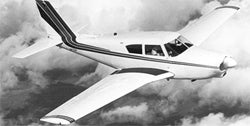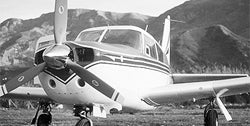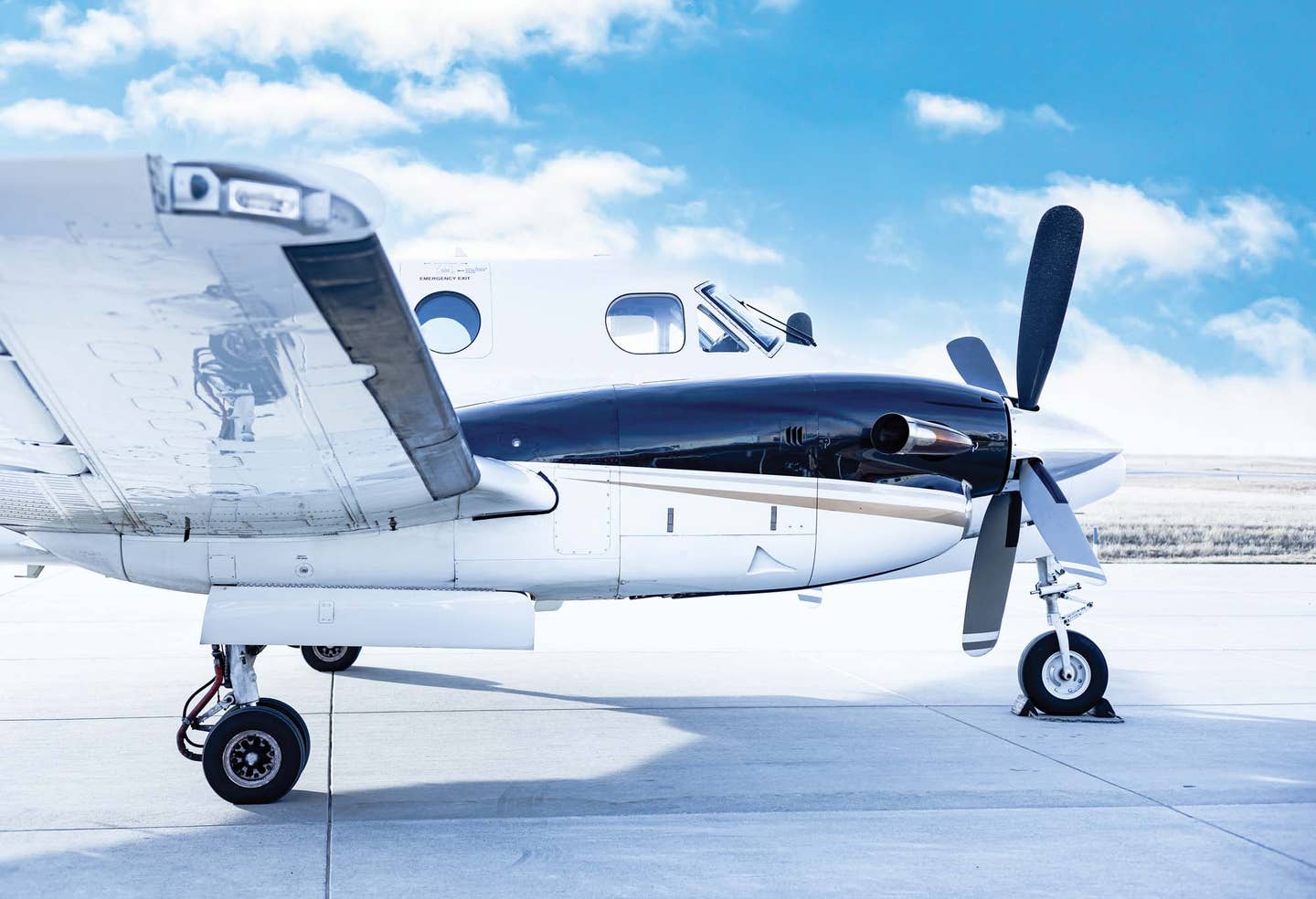 Comanche 260 |  Comanche 400 |
| STANDARD DATA: (260) Seats 4-6. Gross wt. 3,100. Empty wt. 1,728. Fuel capacity 90. Engine 260-hp Lycoming. PERFORMANCE: Top mph 195. Cruise mph 185. Stall mph 61. Initial climb rate 1,370. Range 1,190. Ceiling 20,000. Takeoff distance (50') 1,040. Landing distance (50') 1,015. STANDARD DATA: (250) Seats 4. Gross wt. 2,900. Empty wt. 1,690. Fuel capacity 60. Engine 250-hp Lycoming. | STANDARD DATA: (400) Seats 4. Gross wt. 3,600. Empty wt. 2,110. Fuel capacity 130. Engine 400-hp Lycoming. STANDARD DATA: (180) Seats 4. Gross wt. 2,550. Empty wt. 1,475. Fuel capacity 60. Engine 180-hp Lycoming. |
The Comanche was once the top of Piper's single engine lineup. It was introduced in 1958 as the PA-24 with a 250-hp Lycoming powerplant. A 180-hp version was also offered as an option. The Comanche continued to be produced in these two models until 1964 when a third Comanche option was introduced as the Comanche 400 powered by a 400-hp eight cylinder engine, it was claimed to be the world's fastest single, piston-engine airplane of the day. The airframe was basically the same except for structural allowances for catering to its higher gross weight and increased airspeed. Its larger tail unit had horizontal surfaces similar to those used on the Aztec. By 1966, the single-engine Comanche line was limited to the Model 260 version only; the 180 was discontinued in 1964, the 250 was replaced by the 260 in 1965, and the 400 was discontinued in 1966. Also in 1966, the seating was increased by adding an optional third row of seats, and the gross takeoff weight was boosted from 2,900 pounds to 3,100 pounds.

Subscribe to Our Newsletter
Get the latest Plane & Pilot Magazine stories delivered directly to your inbox






